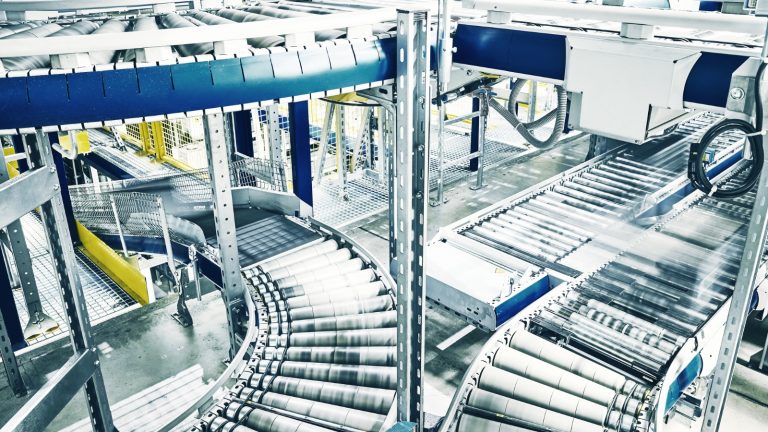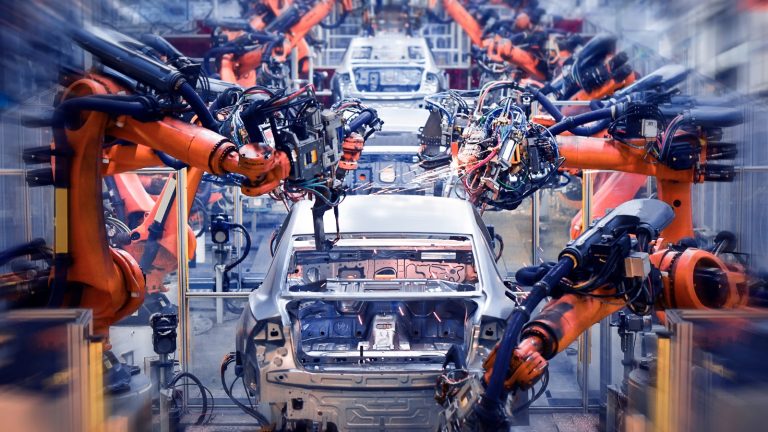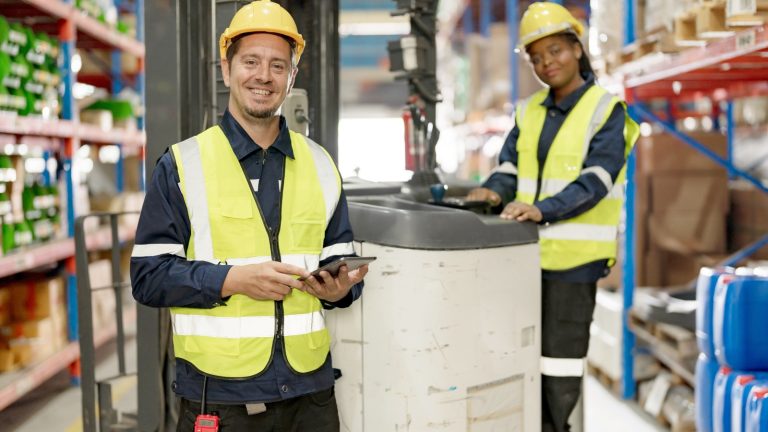In the manufacturing industry, one of the greatest pillars of success is choosing the right path at the right time. Production line lays the base for any manufacturing business as it is absolutely the fundamental substratum of the entire framework. Going for the wrong one will ultimately direct the manufacturing business into million-dollar losses. This means as a manufacturer, you must have the fullest comprehension of the nature of your business and what production line will be your most optimal fit or in other words, your business’s gold mine.
In this article, you will receive an extended knowledge of the main types of production lines in manufacturing.
What is ‘Production Line’ in Manufacturing?

- The production line in manufacturing represents the framework that a product goes through from being a raw material to the end product. This is a system, consists of several steps or phases, where each layer has been assigned with specific task, such as assembling or testing.
- This process makes the manufacturing company produce goods faster as well as maintain the same quality throughout the entire network. When the manufacturers select a suitable production line, it aids in reducing unnecessary costs, specifically when producing large numbers of similar products.
- There is a broad range of production lines. Some of them are basic types, while the rest come with combined features and capabilities of those basic types. Each comes with its own characteristics, applications, advantages, and limitations.
Fundamental Types of Production Lines in Manufacturing

Mass Production Line
This is one of the most commonly deployed production lines. The mass production line is drafted with the purpose of producing large quantities of the same product, with heightened speed.
Whether it is workers or machines, they are assigned to perform a small part of the whole process repeatedly on a moving line.
It is a common practice in industries such as electronics, automotive manufacturing, and packaged food production to use this method. As it decreases both time and expenses to make one unit, mass production is popular as an efficient process. The best characteristic of the latter is that it keeps generating all the products in the same quality.
However, it comes with some drawbacks, such as less flexibility. This indicates that when in need of amendments to the initial design or creating different products, the mass production capacity is limited. This is why, only when making the same products with high demand, manufacturers tend to opt for this type.
Mass production often comes with capabilities like automation and assembly lines. With such robustness, manufacturing companies are able to increase output and significantly lower costs. Most importantly, they can deliver products faster to customers.
Batch Production Line
Instead of producing continuously, Batch production signifies a production line which offers the capacity to make products in fixed groups or batches. The uniqueness of this type is that the manufacturers can initiate producing one batch, keep it aside, clean their machines, adjust them, or set up to produce a totally different product. Since their products vary, clothing factories, bakeries, and pharmaceutical companies mainly employ the latter.
As you can see, this type of production line is more flexible than mass production. The beauty of this lies in its ability to employ the same equipment to generate different items.
Like mass production, this also comes with issues. The overall manufacturing process might get slowed down due to the downtime between batches. This is why batch production is proven to be ideal for businesses that expect to go for medium-volume production and product variations.
It does not fully commit to mass production, yet it supports accomplishing customer needs faster. Batch production is outstanding when it comes to balancing efficiency and flexibility as well.
Project Production Line
When the manufacturers wish to create one-time, unique or very large projects, they often choose the project production line. For example, this method is widely used for manufacturing aircraft, bridges, ships, or other large custom machinery.
In this system, the mechanism is a little different from the above production lines. The product does not move to any location, and workers, tools, and materials are the elements which move to the project site.
As the process is complex, manufacturers have to put extra focus on planning each project carefully. Also, each project has to align with various customisation requirements.
In the said production type, the manufacturers require highly skilled labour. Plus, they have to give attention to close coordination among their teams. No repetitive process is allowed in this. However, the project production is very flexible, and it offers high-quality output in the end. Unlike mass or batch production, the latter can be time-consuming and more expensive.
Just-In-Time (JIT) Production Line
The Just-In-Time (JIT) production line signifies the creation of products focusing solely on the absolute requirement. This means making only what is needed, at the exact time it is needed, and in the right quantity.
This system is popular as a mechanism that aids in reducing waste, storage costs, and overproduction.
Since the manufacturers receive the materials just in time they need them, the process becomes more efficient and saves space in factories.
In industries such as automotive and electronic manufacturing, the parts must arrive accurately and quickly. That is the reason why JIT production is common in those fields mainly. Not only does it require strong coordination with suppliers, but it must also come with precise planning. One tiny delay might halt the entire production.
If we explore its key benefits, most manufacturers opt for JIT due to its ability to offer cost efficiency and lean operations.
Flexible Manufacturing System (FMS)
As another basic production line, the Flexible Manufacturing System (FMS) is the process of using automated machines, robotics, and computer systems when making different types of products without requiring any major rotations in the production line.
With this type, it is easier to switch quickly from one product to another. When producing small batches or customised items, this quality becomes useful for manufacturers.
Not to mention that FMS reduces errors, saves time, and boosts efficiency. The electronics, automotive and some high-tech equipment manufacturers predominantly implement FMS in their framework.
Although there is a need for high investment in machines and training staff when setting up FMS, it comes with returns like enhanced flexibility and potential to support changing market demands.
Cerexio MES for Any Type of Production Line

Cerexio’s Industry 4.0-powered MES serves not only the fundamental production lines but also the other combined methods. With its automation and robotic integrations, Cerexio MES helps your manufacturing company reduce waste, save money from unwanted costs, and boost production efficiency while keeping the product quality at the top.
Selecting the Right Production Line Wisely for Optimal ROI

All of your investments and the production planning will be wasted if you go with the wrong production line. Having a good understanding of what your production nature is and its requirements pour the basis for selecting the right type, and ultimately it will be your vector of accomplishment in the future.
FAQ about Production Lines in Manufacturing
The manufacturing line consists of four basic components: that are people, robots, industrial equipment, and data. When making a production line function with optimal capacities, the manufacturers must have a good comprehension of each of the above-mentioned elements. That is how they can combine their strengths together.
There is a basic principle which emphasises the requirement for the production to be divided into the smallest sets of operations. Then it is essential to position the machines and workers in lines, and move the products between each workplace, doing some minor operation on the product.
From Automotive parts production, the packaging industry, small-scale productions, healthcare equipment manufacturing, to electronics and automotive manufacturing, the production line ranges across different domains.
